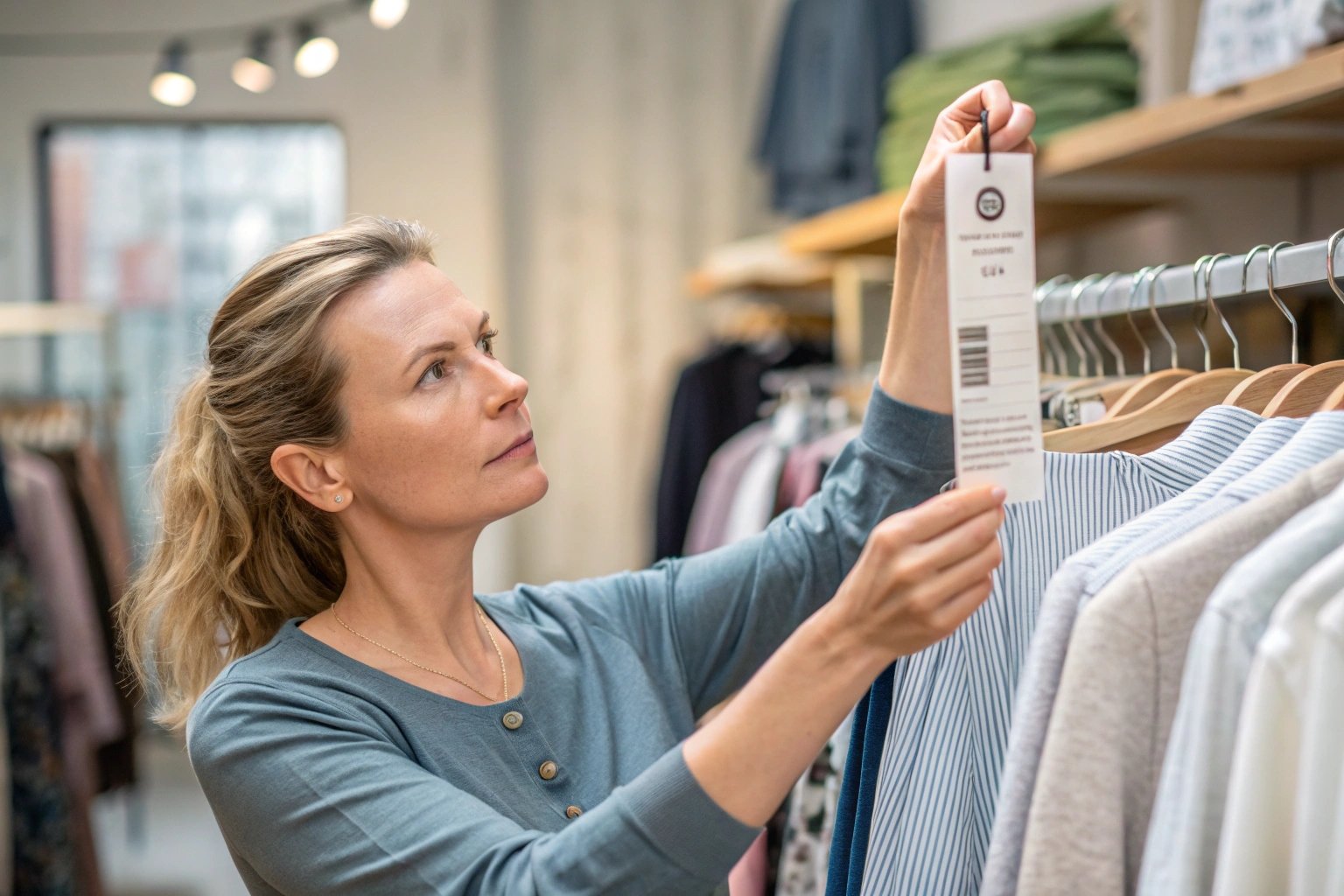The question of whether certain clothes contain harmful substances, like lead, has been a topic of concern for consumers. Shein, a popular fast fashion retailer, has often been under scrutiny for the materials and production methods used in its clothing. But is there truth to the claims that Shein clothes may contain lead or other toxins? In this article, we’ll dive into this issue, explore the facts, and discuss how to protect yourself while shopping for clothes.

As consumers become more conscious about product safety, understanding the materials used in clothing and the potential risks of harmful chemicals is crucial. Read on to explore whether Shein clothes contain lead, how to identify toxic clothing, and how to stay safe.
Can lead in clothes be washed out?
Lead, along with other toxic substances like cadmium or phthalates, may sometimes be found in clothing through dyes, printing, or even through the contamination of fabrics during the production process. When it comes to washing lead out of clothes, it’s not as simple as throwing them in the laundry.
Why Lead Isn’t Easily Washed Out:
Lead is a heavy metal that binds strongly to fabrics. While washing clothes can remove some surface contaminants, it does not necessarily remove lead that has been absorbed into the fabric fibers. In fact, washing may not reduce lead levels significantly, especially if it has been incorporated into the material itself.
Why It’s Important: This means that washing Shein clothes (or any clothes) won’t guarantee that lead has been removed, especially if the clothing was manufactured with materials containing harmful substances from the beginning.
How to tell if clothes have lead?
Identifying whether your clothes contain lead can be challenging, as lead doesn’t show visible signs like discoloration or odor. However, here are a few tips on how to detect lead in clothing:
Check for Product Safety Certifications
Reputable brands often test their products for harmful substances and adhere to safety standards. Look for certifications such as OEKO-TEX Standard 100, which ensures that textiles are free from harmful chemicals, including heavy metals.
Avoid Bright, Bold Colors
Dyes and prints in bright, bold colors (especially reds and yellows) may have higher chances of containing toxic substances like lead. These colors often require toxic chemicals during production.
Use Lead Testing Kits
If you’re especially concerned, there are lead testing kits available that allow you to check your clothing for lead. These kits work by swabbing the fabric and using a chemical reaction to detect lead content.
Why It’s Important: Understanding where to check and what to look for can help you make safer choices when purchasing clothing, especially from fast fashion retailers.
Can toxins be washed out of clothes?
While washing clothes can remove some surface contaminants (like dust, dirt, and loose dyes), it is not always effective in removing harmful chemicals, such as lead or phthalates. Some toxic substances can bond to fabric fibers and remain even after multiple washes.
Why Washing Isn’t Always Enough:
-
Chemicals in Dyes or Finishes: Many clothes, especially those from fast fashion brands, may be treated with toxic chemicals for colorfastness, wrinkle resistance, or flame retardancy. These chemicals often become part of the fabric and cannot be removed by washing.
-
Heavy Metals in Fabric: Lead and other heavy metals can bind to fabric in ways that make them resistant to washing, and their presence in clothing could pose long-term risks when absorbed through the skin.
Why It’s Important: Washing clothes may remove some harmful substances, but it is not a guaranteed method to eliminate toxins. Knowing what chemicals are present in clothing materials is crucial, especially for those with sensitive skin or health concerns.
Is it safe to wear Shein clothes without washing?
Many people wonder if it’s safe to wear clothes straight out of the packaging, especially when buying from fast fashion brands like Shein. While Shein and similar companies comply with international manufacturing standards, the presence of residual chemicals in their garments can still pose a risk.
Why It’s Safer to Wash Clothes First:
-
Residual Chemicals: Fabrics, especially those imported from overseas, may have traces of chemicals used during manufacturing, dyeing, or finishing processes. These chemicals may cause skin irritation or allergies.
-
Dye and Print Safety: Many clothes, especially brightly colored garments, may contain toxic dyes that could irritate the skin or cause allergic reactions. Washing them before wear can help reduce the risk of exposure to these substances.
-
Chemical Sensitivity: For individuals with sensitive skin or respiratory issues, it’s best to wash new clothes before wearing them to minimize exposure to potentially harmful chemicals.
Why It’s Important: Although Shein clothes (and other fast fashion brands) often meet safety regulations, it’s still best practice to wash new clothes to remove any residual chemicals that could cause discomfort or irritation.
Conclusion
The safety of clothing, including Shein garments, should be a top priority for consumers. While there have been concerns about the presence of harmful substances like lead in clothing, the best way to protect yourself is to ensure the fabric you’re wearing is free from toxic chemicals.
Tips for staying safe when buying clothes:
- Look for certifications like OEKO-TEX or other eco-friendly labels.
- Wash clothes before wearing them to remove residual chemicals.
- Be cautious of brightly colored fabrics or those treated with chemical finishes.
In the end, paying attention to the materials and certifications associated with the clothes you purchase, and taking the extra step to wash them before wearing, can help ensure your safety and well-being.

